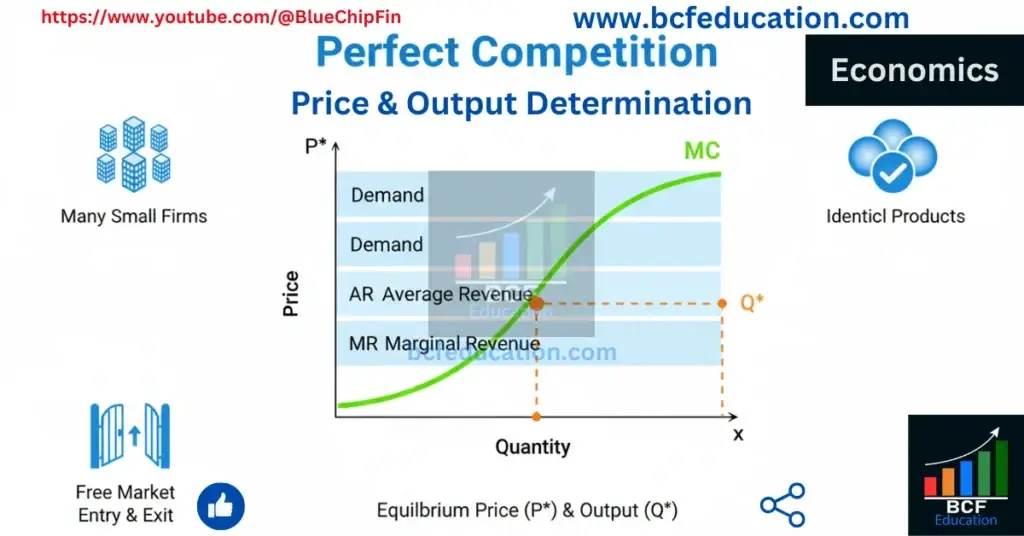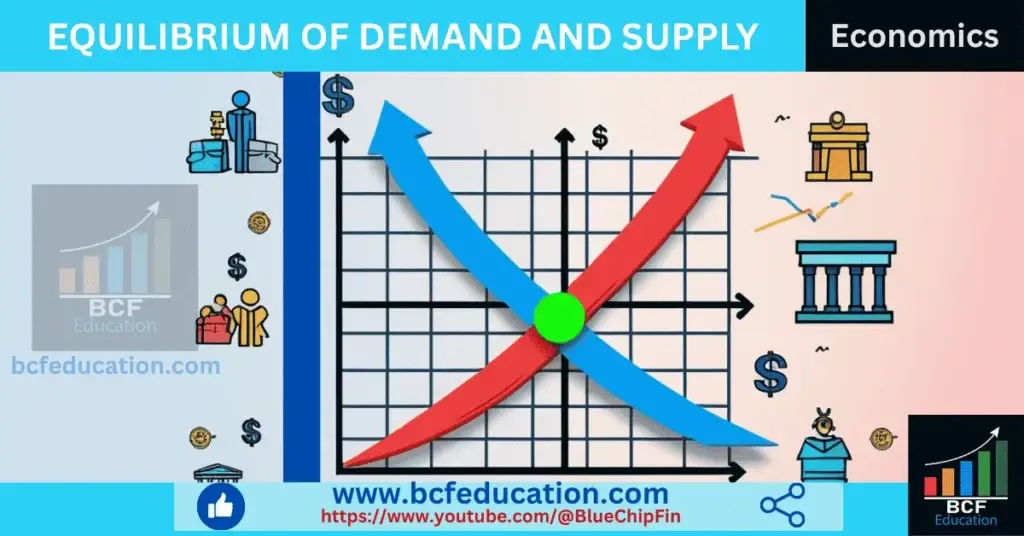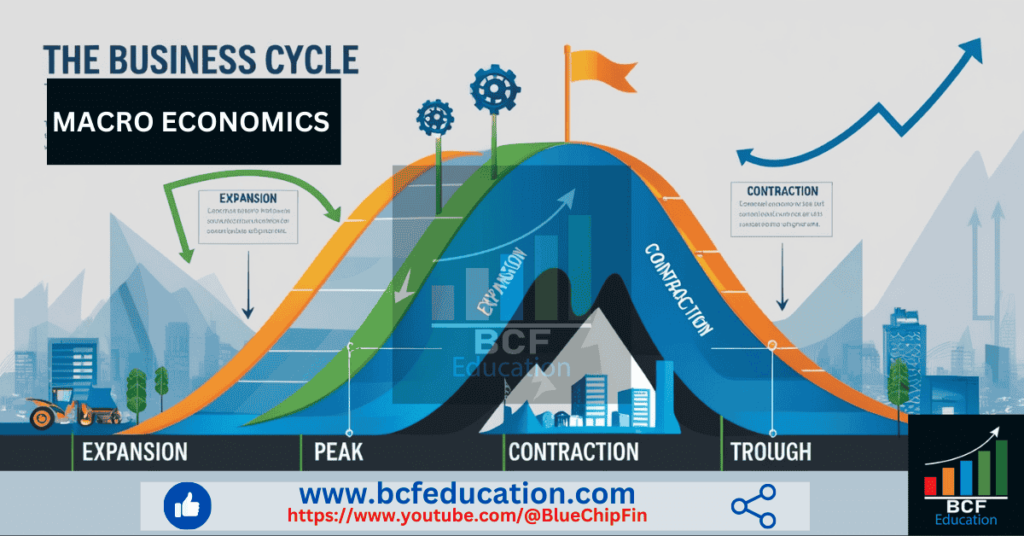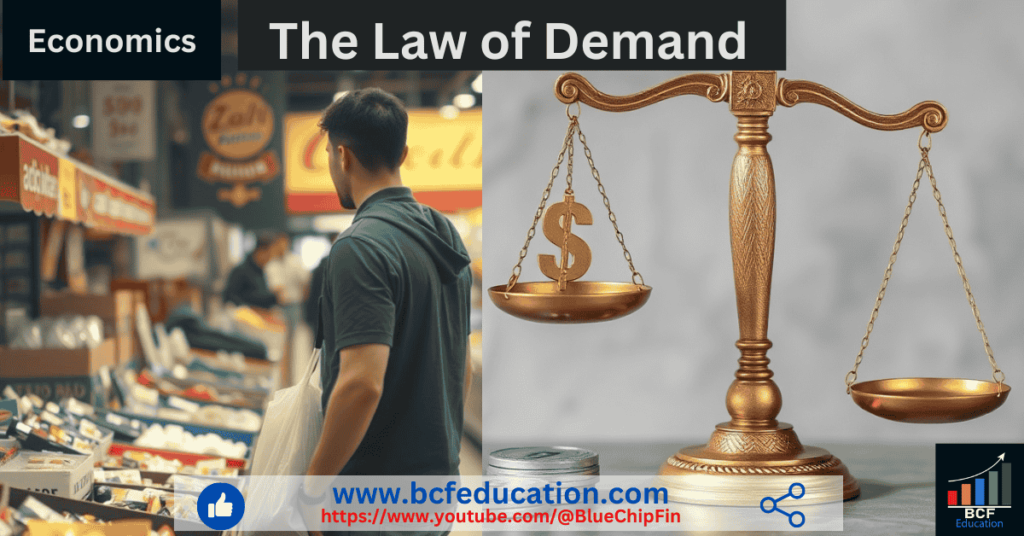6.1 Perfect Competition, Short Run Equilibrium, Long Run Equilibrium
6.1 Perfect Competition, Short Run Equilibrium, Long Run Equilibrium. This blog post explains the concept of perfect competition and how firms determine price and output in both the short run and long run. With the help of clear diagrams, it illustrates how firms can earn abnormal profits or losses in the short run and how […]
6.1 Perfect Competition, Short Run Equilibrium, Long Run Equilibrium Read More »





















